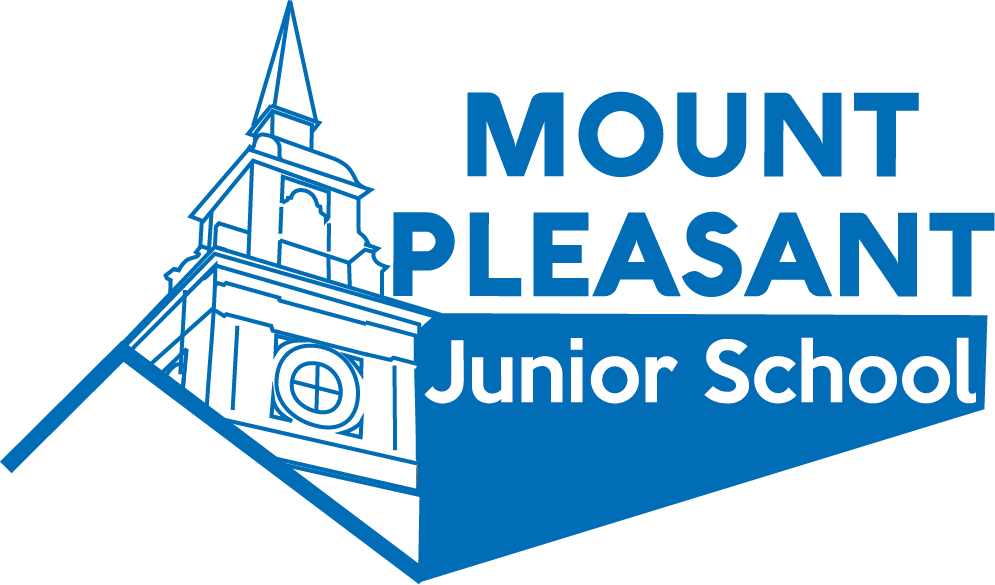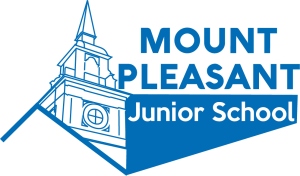At MPJS computing is taught in a spiral curriculum composed of discrete weekly computing sessions and Learning Question units. The aims of this are to cover the National Curriculum for computing, to ensure that children have the levels of Digital Literacy to be able to function in the modern world and know how to keep themselves safe online. This intends to ensure pupils start their secondary schooling equipped with all the foundations skill necessary in coding and Digital literacy. The Learning Question units allow pupils to become fully immersed in specific areas of computing. As part of our responsible roles in school, Digital Leaders contribute to the success of units by supporting their peers. During their time at MPJS, children will become proficient in using a range of Microsoft Office software. The aim by year 6 is that children will be able to select and use the appropriate programme for a purpose.
We use Teach Computing to deliver our coding and programming Learning Questions. This ensures that children are building on basic coding skills in a progressive way. Coding is taught through a variety of programmes such as Scratch Junior and Logo. Coding is taught as part of the year 6 transition to seconadary project and is supported by secondary specialist teachers.
Online safety underpins all of our computing sessions and links with our RSHE curriculum. The Curriculum objectives are taken from the UK Council for Internet Safety ‘Education for a Connected World’ framework. This is divided into eight strands:
- Self-image and identity
- Managing online information
- Online relationships
- Health, well-being and lifestyle
- Online reputation
- Privacy and security
- Online bullying
- Copyright and ownership

